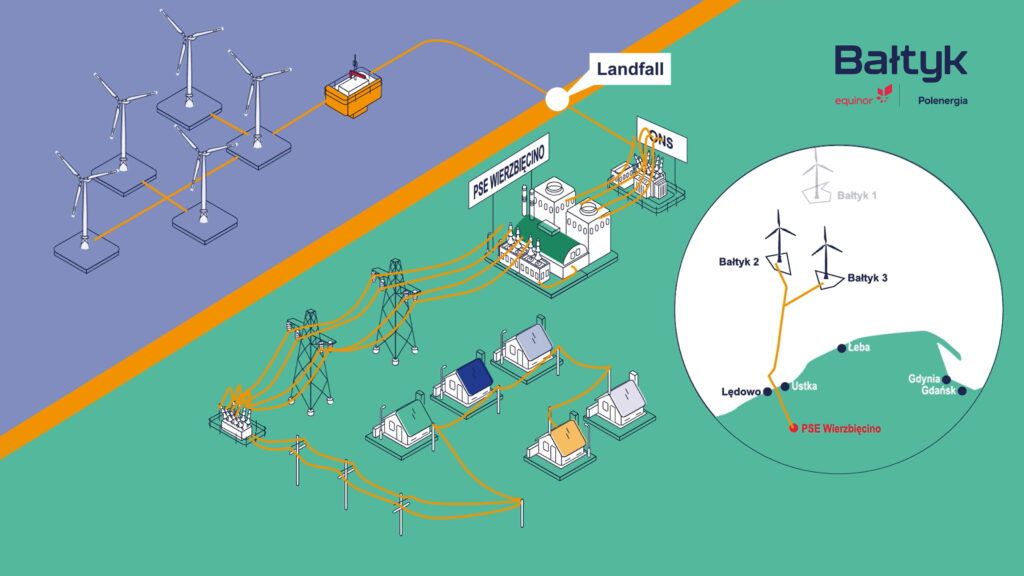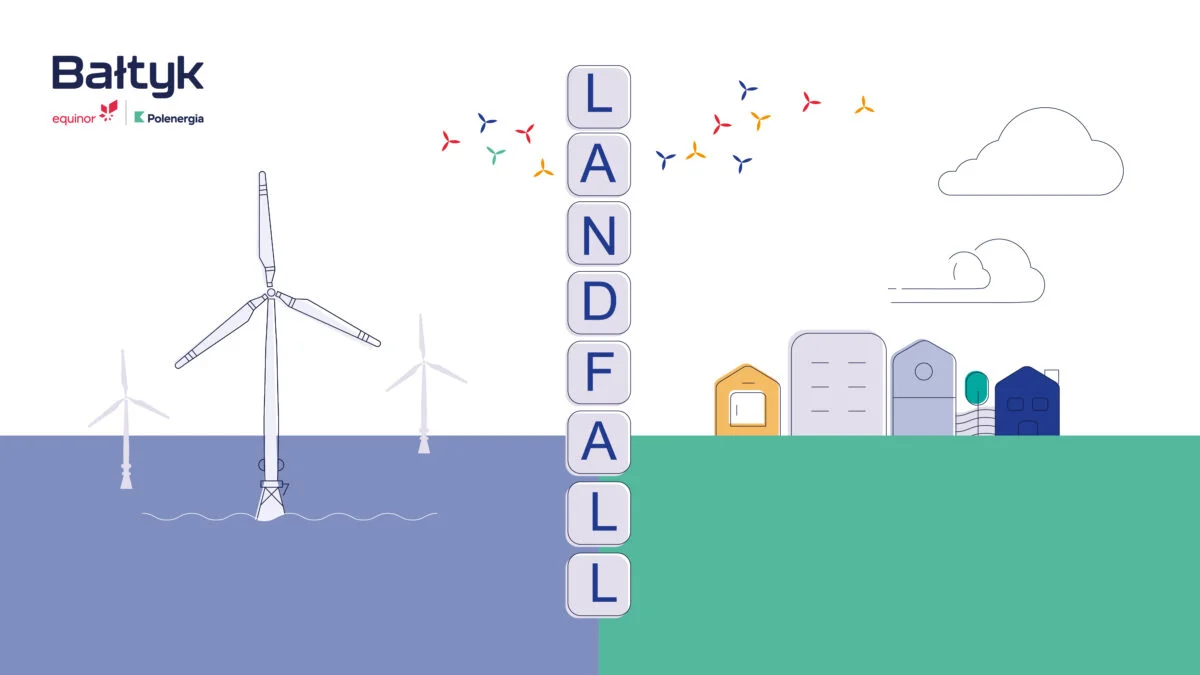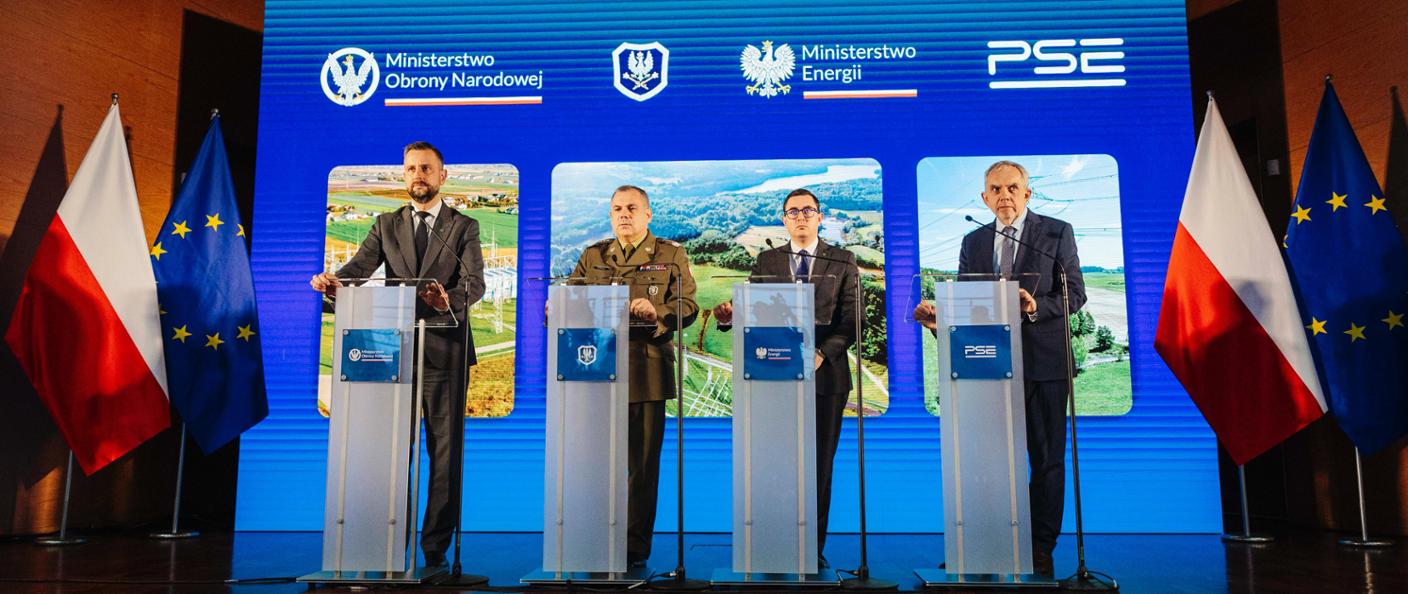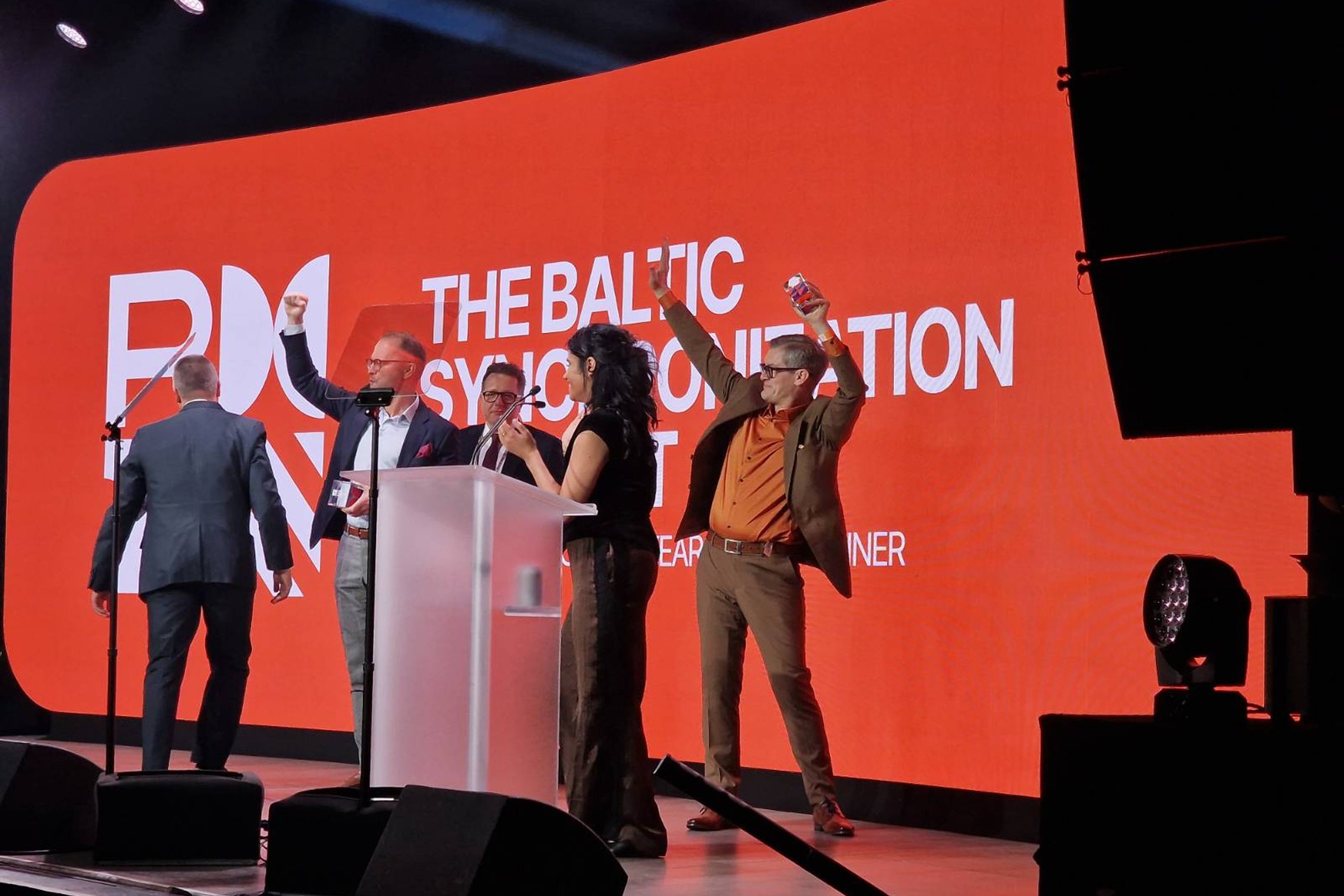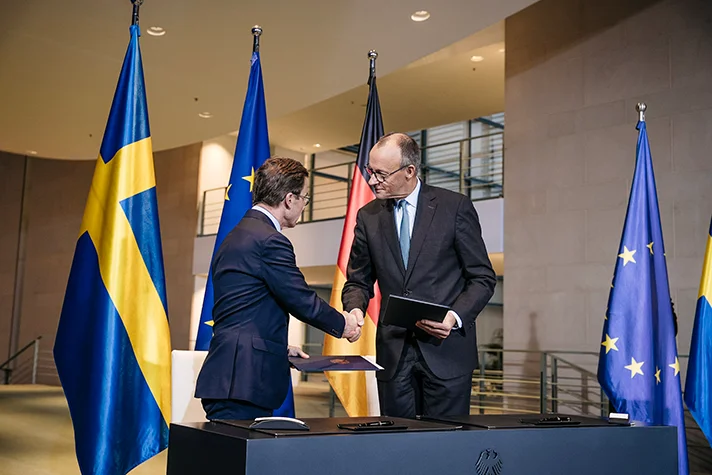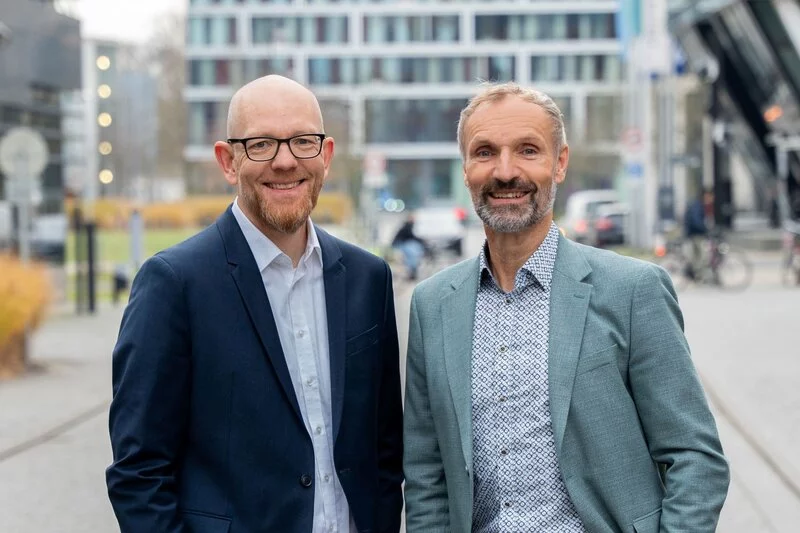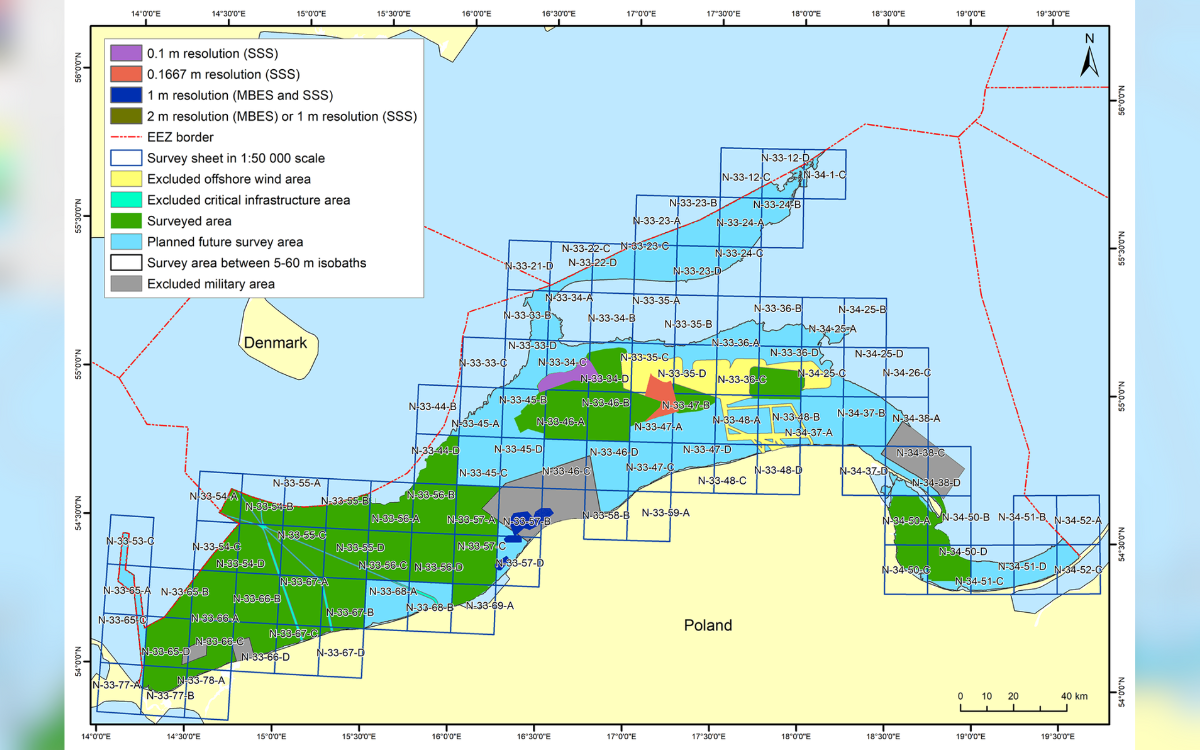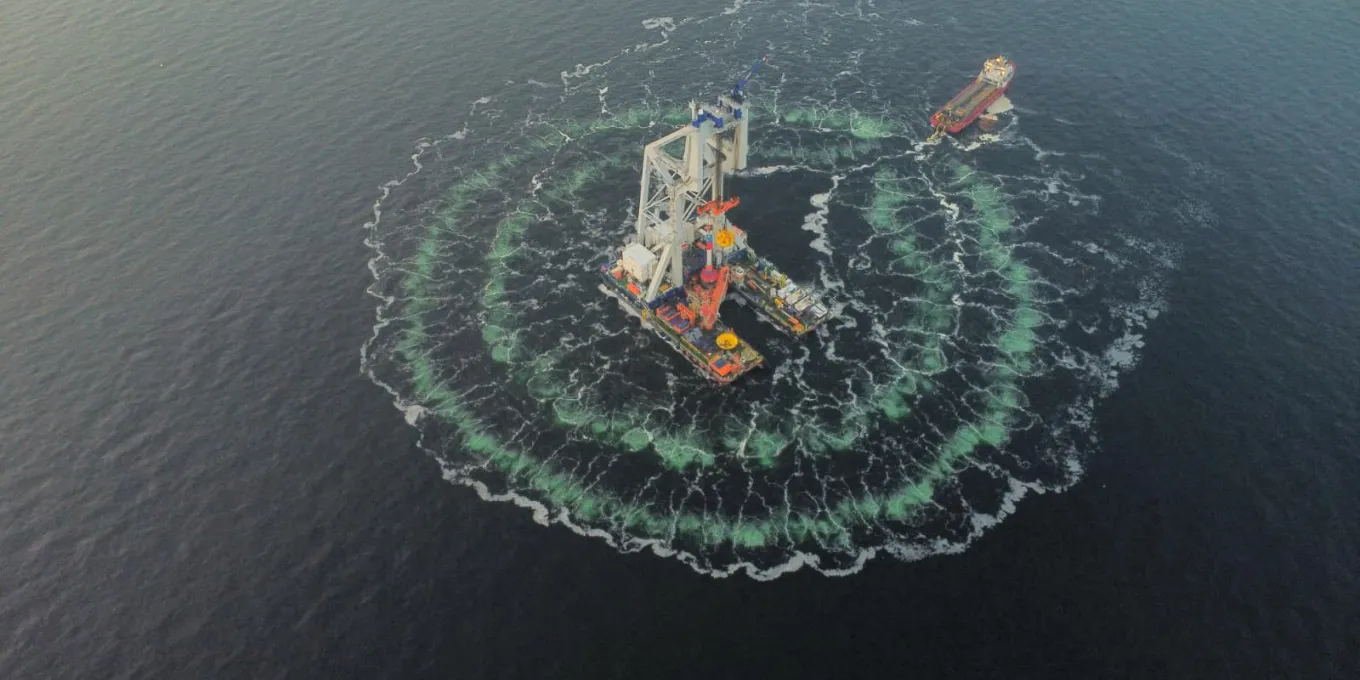Equinor and Polenergia have begun preparatory work in the landfall: the exit of cables exporting power from the Bałtyk 2 and Bałtyk 3 offshore wind farms to land. The drilling will allow the power cable to be routed and lead to the power generated by the wind farms. Work on the drilling itself, which will begin in March, will be carried out underground, using a method that is safe for the environment and the surrounding area.
The meeting point of the offshore and onshore parts is in Lędowo, west of Ustka. The purpose of the work that has begun is to prepare the site for horizontal directional drilling (HDD, i.e. Horizontal Directional Drilling) under the seabed, beach and dunes. This means that the export cables will be brought from the sea to land using a trenchless method in a non-invasive and safe way for people and the environment.
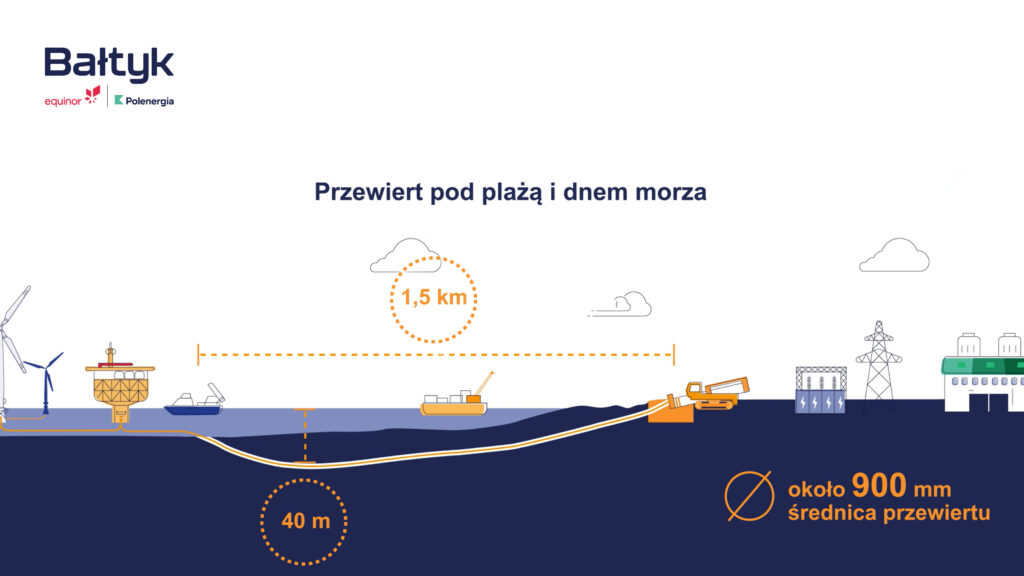
– We are rapidly approaching the commencement of construction of offshore wind farms. We are currently starting preparatory work for drilling where the cables land, which is a key location for power transmission from offshore wind farms. The landfall area was designated after conducting complex engineering and environmental studies. During the studies, a few aspects were considered, including the ecosystem, land use, historical features, and the technical feasibility of drilling – says Andrzej Popadiuk, Stakeholder Manager, Equinor Poland.
Work on the drilling will begin in mid-March and will last until September 2025. The cables are to come ashore at about 160 meters from the coastline, just beyond the boundary of the technical strip. The maximum length of one drill is about 1.5 km, while the maximum depth is about 40 m. For each of the four cable lines, one drill will be made with a diameter of about 900 mm.
– All construction works have been designed to minimise potential disruption. The surrounding beach will be accessible to residents and tourists for most of the time that underground works are being carried out – adds Marta Porzuczek, Director of the Environmental Protection and Sustainable Development Department at Polenergia Group.
The HDD method involves horizontal directional drilling at a planned depth using special drill heads. The work will consist of several stages: pilot drilling, widening the holes, installing a special pipe to protect the cable, and in the final stage pulling the cables through the culvert as prepared. Hanab is the main contractor for this part of the project.
The start of work on the cable’s landing is the next step towards the construction stage of offshore wind farms. The offshore wind farms Bałtyk 2 and Bałtyk 3, with a total capacity of 1,440 MW, will be in the Polish exclusive economic zone of the Baltic Sea, 37 and 22 km from the coastline. The first energy from offshore wind farms will flow into the grid as early as 2027. The commercial phase of their use is scheduled from 2028. The offshore wind farms Bałtyk 2 and Bałtyk 3 will supply green energy to over 2 million households in Poland.
